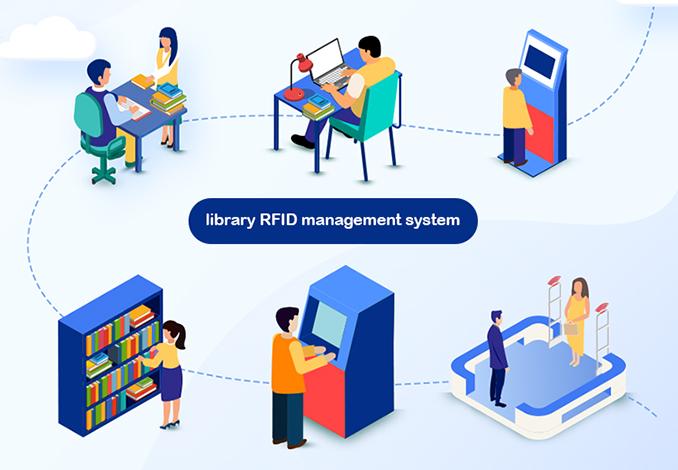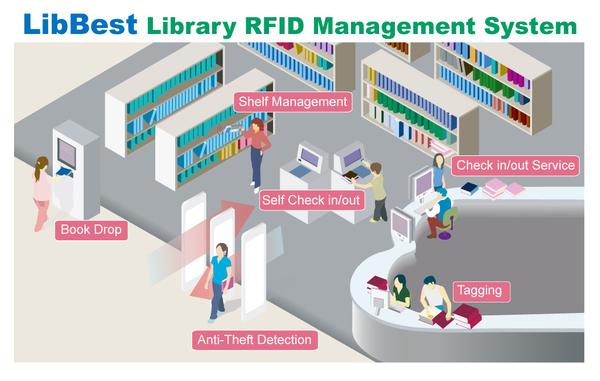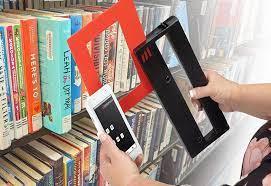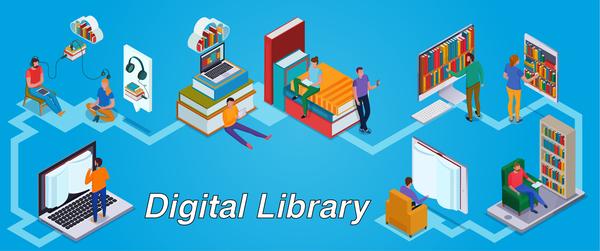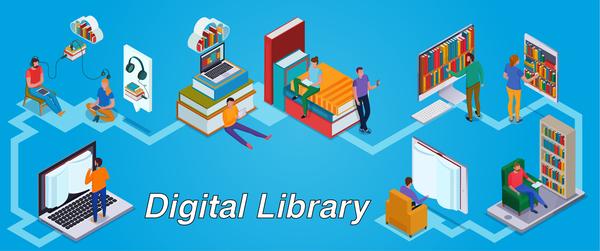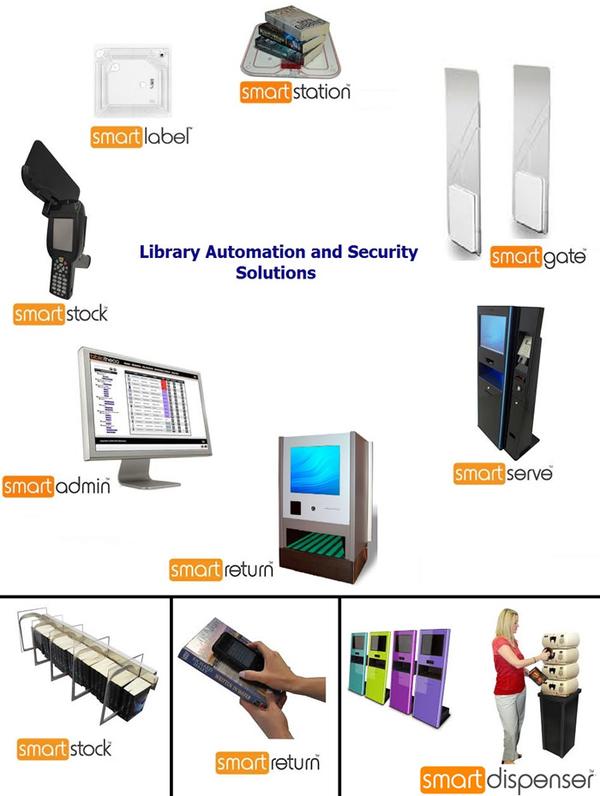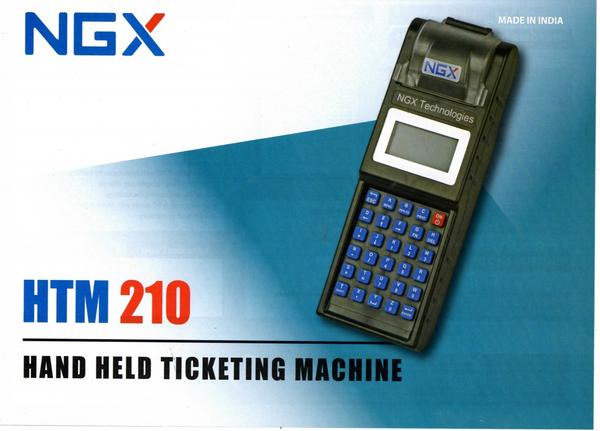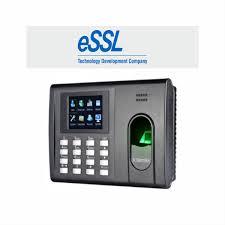An RFID-Based Book Library System is a modern library automation solution that utilizes Radio Frequency Identification (RFID) technology to manage the circulation of books and streamline library operations. Unlike traditional barcode systems, RFID enables contactless identification of books and users, greatly enhancing the speed, accuracy, and efficiency of library tasks. Each book in the library is equipped with a small RFID tag, which contains a unique identification number linked to the book's information in the library database. Similarly, users are issued RFID-enabled library cards. An RFID reader is placed at various stations such as the check-out counter, return desk, and entry/exit gates. When a user wants to borrow or return a book: They simply bring the book and their RFID card near the reader. The reader automatically scans the tags without line-of-sight requirements. The system updates the book's status in real time.
Send Message
